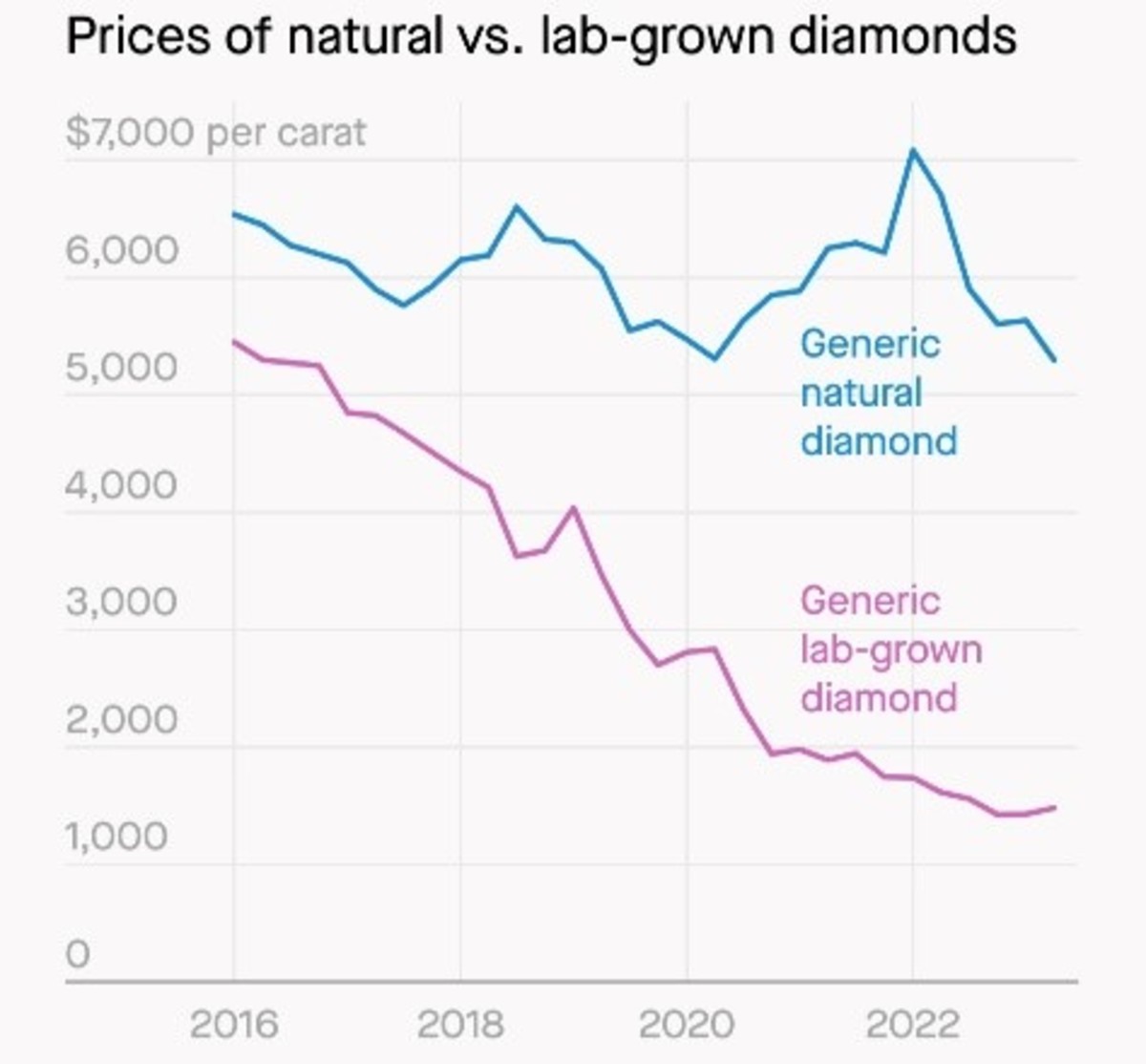Stocks are vauled by how much money they make
PE and EPS defined
What is earnings per share (EPS) and what is price to earnings ratio (PE)? These are simple terms that are a must know for any invester. People often will evaluate a stock based on the aforementioned fundamental factors. A person needs to know what these definitions mean as well as how they are derived.
1)EPS ............This is earnings per share. EPS is the earnings divided by the number of shares outstanding. There are forward estimates that are based on an average consensus from all the analysts that cover the company. These EPS numbers are found on financial tables on Yahoo, MSN and Google finance under earnings estimates.
A) There is a quarterly EPS. This is just the earnings per share based on just one quarter of earnings.
B) There is a yearly EPS that just measures the cumulitave EPS for any company's fiscal year.
C) There is a projected EPS. They are projected on the earnings of both forward quarters as well as forward years.
2) PE..........Price to earnings (AKA price to earnings ratio)
This is the price of the company or the market cap divided by earnings. The earnings are measured in 1 year increments. There are forward and trailing PEs.
A) Trailing PE is nothing more than using the 4 previous sequential quarters to come up with the earnings number and then divididing these numbers into the market cap of the company. If the earnings of a company were $250 million in the last four quarters and the company was valued a $5 billion, it would have a trailing PE of ($5 billion)/($250 million)=20.
B) Forward PE is based on projected forward earnings. Analysts will project the earnings for 2008, 2009, and even further out. If a company is projected to earn $500 million in 2009 and has a value of $5 billion, the company would have a 2009 forward PE of ($5 billion)/($500 million)=10.
Now be very careful when comparing companiess by their forward projections. Forward projections are given in two different ways. Some companies forward earnings are evaluated on a GAAP basis. This means that the companies earnings are reflective of one time items as well as the accounting of stock options. There are companies, however, who have their forward earnings based on a non-GAAP basis. This means that the companies forward earnings are not reflective of the deduction of things like stock option expensing.
A company that meets the earnings estimate in the future but is evaluated on a non-GAAP basis will have a projected PE that will be higher than the actual PE of that time. It is hard to compare two different companies on a forward basis unless a person has a full knowledge of how the company is being aanalysed.
Some fun with numbers.
A company's market capitalization (market cap) is the number of outstanding shares of a company times the price of the stock. A company that had a share price of $100.00 and 1 billion outstanding shares would have a market cap of $100 billion.
A companies share price is equal to the (EPS) X (PE). A company with a PE of 20 and an EPS of $5.00 will have a share price of $100.00
Now you are armed with some basic definitions that will help you read and understand finantial reports as well as basic information that lays the fundamental value of stocks.








